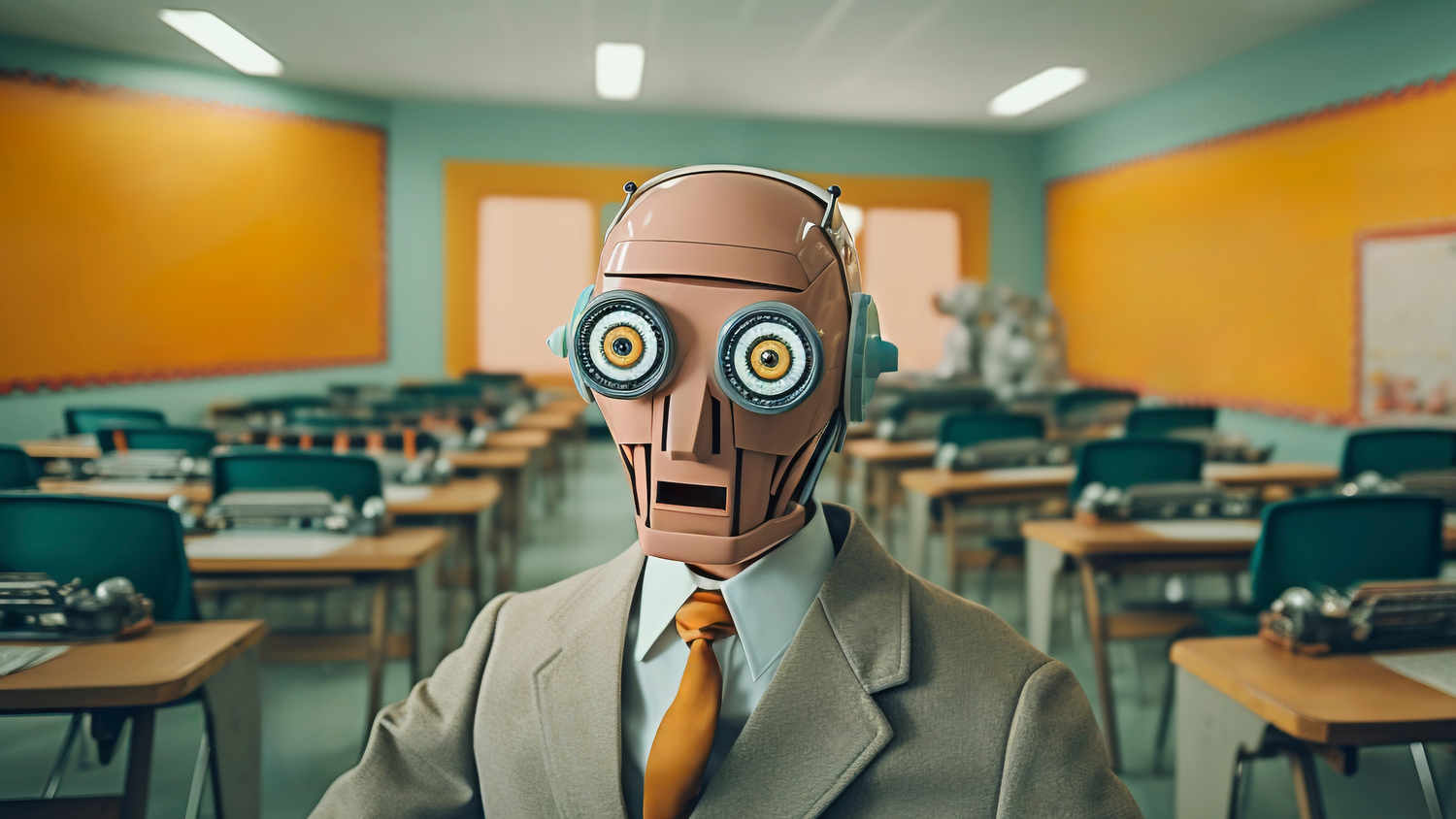Teacher Training for AI Integration: Bridging the Knowledge Gap

In today’s rapidly evolving educational landscape, artificial intelligence (AI) is no longer just a futuristic concept but a present reality that teachers must navigate. Effective professional development for AI integration has become essential for educators who want to stay current and leverage these powerful tools.
Research shows that while AI education is often prioritized in national strategies, it remains underdeveloped in teacher training programs (European Schoolnet, 2024). The gap between policy and practice creates challenges for educators seeking to meaningfully incorporate AI into their classrooms. According to a study applying the TPACK (Technological Pedagogical Content Knowledge) framework to AI learning, “much of the current discussion of artificial intelligence, including its use in educational settings, has been built on a fundamental misunderstanding of these technologies” (Arizona State University, 2023). This highlights the need for structured, comprehensive AI literacy programs for teachers.
Matt Miller, author of “AI for Educators,” offers an encouraging perspective: “In the end, if using AI tools cuts your planning time from 30 minutes to 18 minutes-or your grading time from 40 minutes to 22-that extra time it creates is yours. Use it however you wish. Plan out that cool lesson you’ve always wanted to do. Or go home early” (Miller, 2025). This efficiency gain represents one of the most immediate benefits of AI integration.
Beyond time-saving, research indicates that “with sustained training and AI tool usage, teachers gain deeper insights into student problem-solving ability and strategies, refining their own professional vision” (Cukurova et al., 2023). This suggests AI tools can enhance pedagogical effectiveness when teachers receive proper training.
The professional development approach matters significantly. A study examining teacher educators’ needs found that while many express curiosity about AI’s educational functions, they identify “infrastructural gaps, such as the expense of premium AI tools, training on AI promptings, and ethical issues” as barriers to implementation (Nyaaba & Zhaı, 2024).
Practical Application: Consider forming a small “AI exploration group” with colleagues at your school. Meet bi-weekly to learn one new AI tool together, discuss ethical considerations, and share classroom applications. Start with free tools like ChatGPT for lesson planning or Canva’s Magic Write for creating student materials. Document your learning journey and share successes with your broader school community to build institutional support.
By approaching AI integration as a collaborative learning journey rather than an individual challenge, teachers can build the confidence and competence needed to thrive in this new educational paradigm.
References
Miller, M. (2025). AI for educators: Learning strategies, teacher efficiencies, and a vision for an artificial intelligence future.
Cukurova, M., Kralj, L., Hertz, B., & Saltidou, E. (2023). Integrating AI tools in teacher professional learning. Frontiers in Artificial Intelligence, 6. https://doi.org/10.3389/frai.2023.1255089
Nyaaba M. , Zhaı., X. (2024). Generative AI professional development needs for teacher educators. Dergipark. Journal of Artificial Intelligence: https://dergipark.org.tr/en/pub/jai/issue/82707/1385915
European Schoolnet. (2024). Preparing teacher education for a future with AI. European Commission. https://school-education.ec.europa.eu/en/discover/news/preparing-teacher-education-future-ai
Arizona State University. (2023). Researchers apply the TPACK framework to AI learning. https://education.asu.edu/about/news/researchers-apply-tpack-framework-ai-learning
